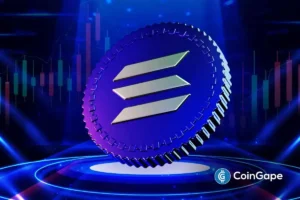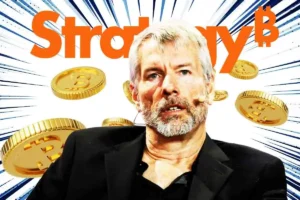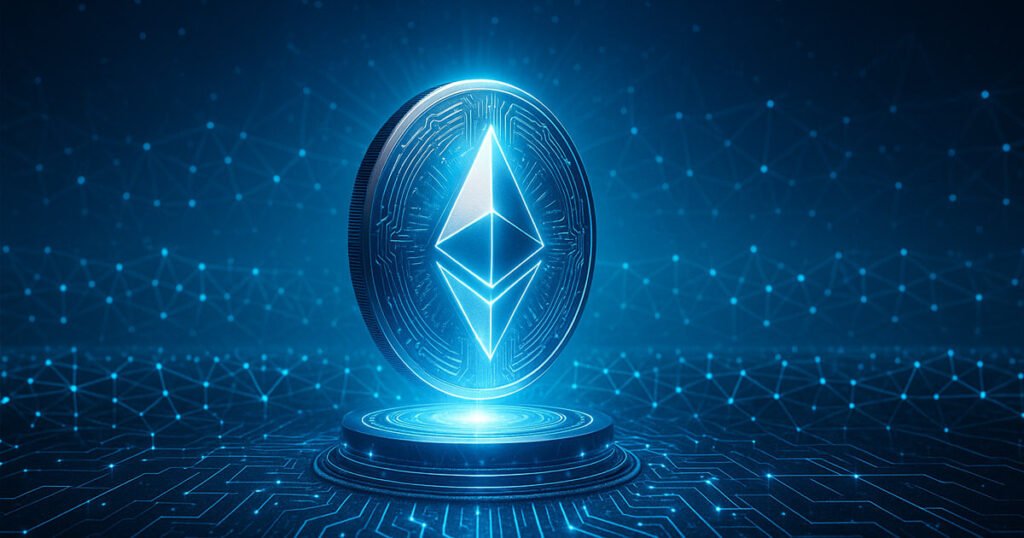Lean Ethereum: A Roadmap for Simplicity and Security
Ethereum’s ongoing evolution is showcased in the newly proposed “Lean Ethereum” roadmap, which aims to reduce complexity in layer-1 operations while enhancing security. This initiative, introduced by researcher Thomas Coratger on June 12, 2023, emphasizes three guiding principles: security, simplicity, and optimality. During the Forschungsingenieurtagung conference in Berlin, co-founder Vitalik Buterin and researcher Justin Drake shared insights on this roadmap, presenting a vision that promises to keep Ethereum competitive while fostering decentralization.
The Need for a Lean Approach
Ethereum’s expansion has introduced various complexities over the years. In a bid to tackle growing cryptographic challenges, the Lean Ethereum roadmap emphasizes the necessity of post-quantum-ready signatures and improved data availability to protect its ledger. This focus on security isn’t just about responding to current threats but preparing for future challenges posed by advancing technology. This proactive stance highlights the importance of a simplified architecture that allows new contributors to participate more easily, thus promoting transparency and community engagement.
Principles of Lean Ethereum
The Lean Ethereum roadmap encapsulates three fundamental principles. Security aims to fortify the network against potential vulnerabilities, particularly those that may arise with the advent of quantum computing. Simplicity focuses on reducing the complexity of Ethereum’s consensus, execution, and data layers, facilitating easier audits of the code. Lastly, optimality strives for reduced latency and overhead, ensuring Ethereum maintains a competitive edge while preserving its decentralized nature amidst growing scalability demands.
Research Tracks Under Review
To illustrate the roadmap’s objectives, Buterin outlined four key research tracks currently under assessment. The first is the three-step-finality (3SF) protocol, which aims to achieve rapid block finality in a streamlined codebase. The second research track involves aggregated post-quantum signatures, enhancing security while maintaining performance. The third track explores zero-knowledge virtual machines (zk-VMs) that enable verifiable execution, accompanied by a data-layer refactor to improve efficiency. The final track aims to integrate these enhancements into a cohesive architecture, seamlessly aligning with existing initiatives centered around user experience and scalability.
Near-Term Proposals and Innovations
Drake elaborated on several immediate proposals under the Lean Ethereum banner. One such initiative is lean staking, which seeks to simplify the roles of validators to their essential functions. Another innovation, lean verifiability, would empower low-power devices to confirm blocks with minimal bandwidth. Additionally, a lean cryptographic approach promotes the use of a single hash function and post-quantum schemes to diminish reliance on multiple primitives. These strategies are complemented by "lean specs," which break the protocol’s logic into smaller, manageable modules, and "lean formal verification," commencing with zk-VMs and signature aggregation.
Collaboration and Community Engagement
The alignment of these proposals with ongoing engineering efforts was noted by Coratger, demonstrating a significant move towards a more efficient Ethereum ecosystem. As Ethereum grapples with the complexities introduced by Layer 2 solutions like rollups and centralized sequencers, participants in the conference acknowledged the challenges ahead. Still, the potential rewards of pursuing optimality were deemed worthwhile. Ethereum Foundation co-executive director Tomasz Stańczak described the roadmap as a synthesis of current initiatives and a long-term research plan, encouraging contributors to view today’s projects within a broader technical landscape.
The Future of Lean Ethereum
While the Lean Ethereum roadmap represents visionary progress, it remains a research framework without a specific timeline for hard fork proposals. Core development teams are committed to refining design documents and prototyping features such as mini-3SF. Ongoing assessments and discussions in working group calls will further evaluate trade-offs necessary for successful implementation. As Ethereum continues to adapt to the dynamic blockchain landscape, the Lean Ethereum initiative stands as a beacon of innovation and strategic foresight, fostering security and simplicity for a more robust future.

















